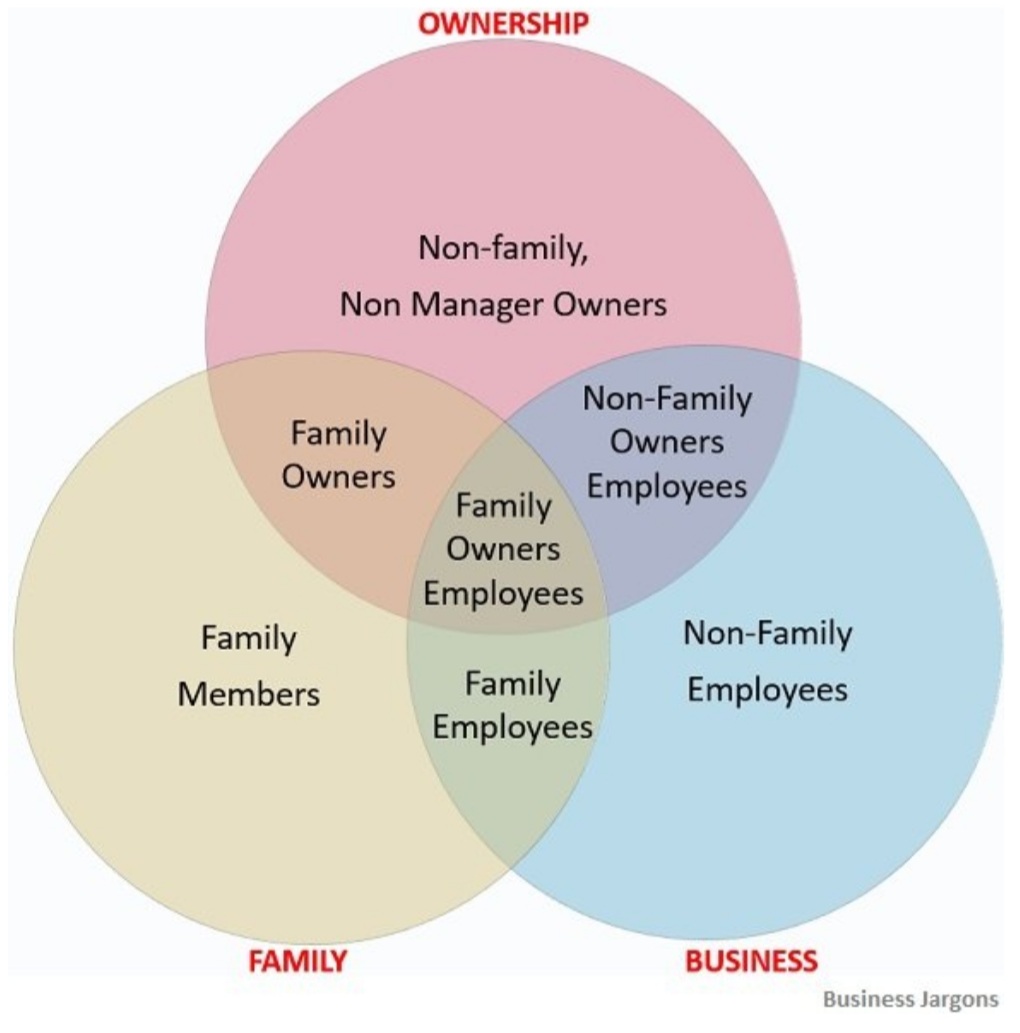
Image credit: advertising week
Despite their promise, the lion’s share of innovation in ecommerce platforms has led to increased burden and expenses for merchants to manage. While this might have been acceptable a few years ago when budgets and team sizes were growing, the current industry focus on microservices, composable, headless, and other trends has added to the cost and complexity of delivering world-class ecommerce. This highlights the importance of not only AI as a crucial innovation but also of providing solutions that enhance digital agility and empower merchants to be more effective.
What’s really ironic is that despite throwing significant research and development budgets into enhancing the tech infrastructure behind ecommerce, we’ve somehow overshadowed the essence of the shopping experience. You can see it everywhere, with approximately 85% of online stores looking eerily similar, lacking the individuality and charm that captivates discerning consumers. It’s like walking through a cityscape with identical buildings all over the place. This lack of uniqueness is crying out for some much-needed innovation. We’ve got to shake things up in the industry.
It’s not just about diluting the shopping experience. There’s also the problem of the lack of transformative innovation, and that’s a massive threat to businesses. Why? Because in this oversaturated market, differentiation is key, but without groundbreaking innovation, it’s tough to make your mark.
Let’s consider Gen Z—a generation that grew up in a world of constantly evolving UI/UX. They’re hungry for fresh and captivating experiences. In fact, a SurveyMonkey study revealed that shopping websites are the top source of inspiration for purchases across all generations, with Gen Z leading the pack at 51%, followed closely by Millennials at 49%, Gen X at 45%, Boomers at 45% and the Silent Generation at 38%. It’s clear that consumers are looking to these sites to get inspired. Monotony across shopping websites won’t cut it anymore.
Breaking free from the grip of monotony calls for a renewed focus on frontend innovation—the very essence of the shopping experience. This includes everything from AI-driven tools to dynamic content and social commerce integration. While technological innovations are undoubtedly crucial, neglecting frontend enhancements would be a missed opportunity. We need to win the hearts of our customers with captivating interactions and seamless journeys.
AI, in particular, is becoming a powerful differentiator in the ecommerce space. And it’s not just about fancy tech jargon—it can truly transform the way we do business. Take, for instance, AI-driven tools that retrieve and summarize all product reviews, giving customers valuable insights without having to sift through every single review.
AI can also personalize messages based on a customer’s shopping cart contents after they’ve made a purchase, making each interaction feel tailor-made for our customers and building long-term loyalty. And in our interconnected world, AI can even translate product reviews, breaking down language barriers so customers can access the benefits of foreign-language reviews.
To effectively close the innovation gap in ecommerce, we need to recognize that we can’t do it all alone. Instead, when we come together with like-minded partners, we unlock a wealth of diverse perspectives and experiences. These partnerships will allow us to lead the charge towards an ecommerce future that’s truly revolutionary—a future enriched by originality and creativity.
At the core of true transformation lies a focus on meeting people’s needs. For an ecommerce ecosystem to thrive, we must wholeheartedly embrace meaningful innovations that captivate consumers in unprecedented ways. So, I extend a sincere invitation to join me in embracing true ecommerce innovation—one that lies well within our reach if we dare to dream and challenge the monotony of the status quo, surpassing expectations and delivering exceptional experiences to our customers.
What’s your thought on this article?
Kindy like and share.





















